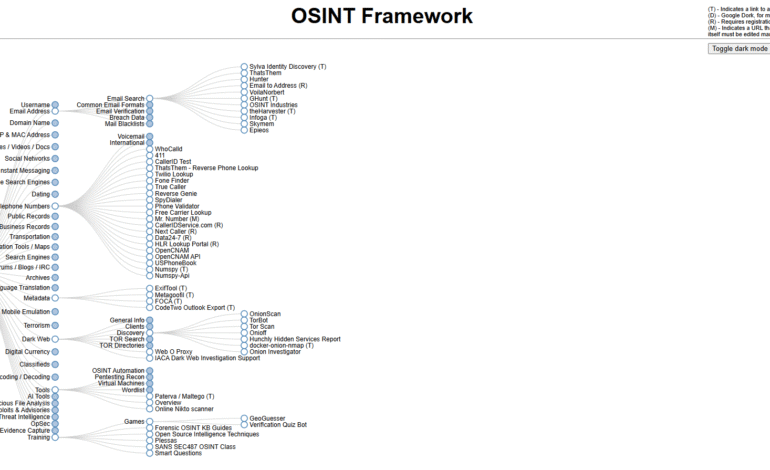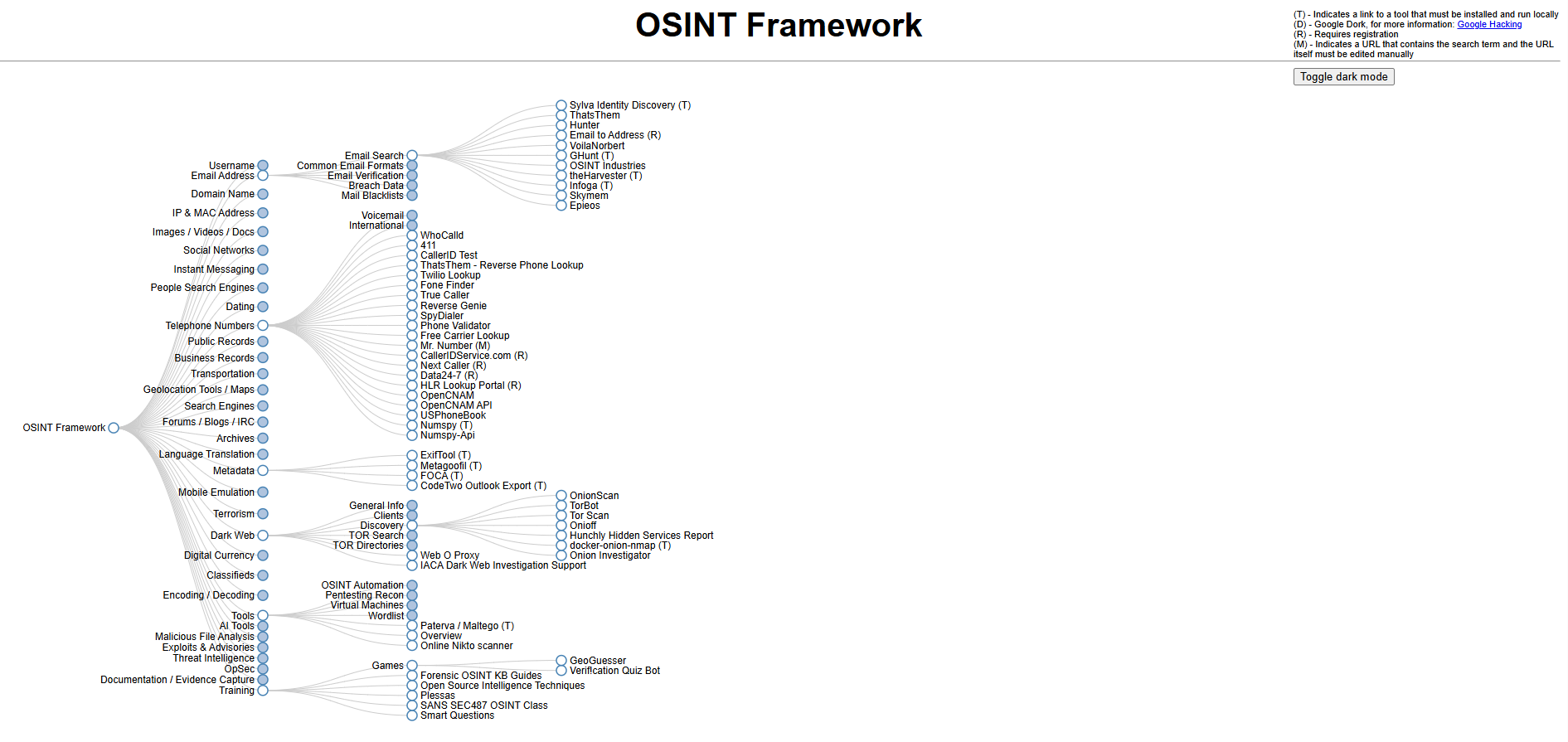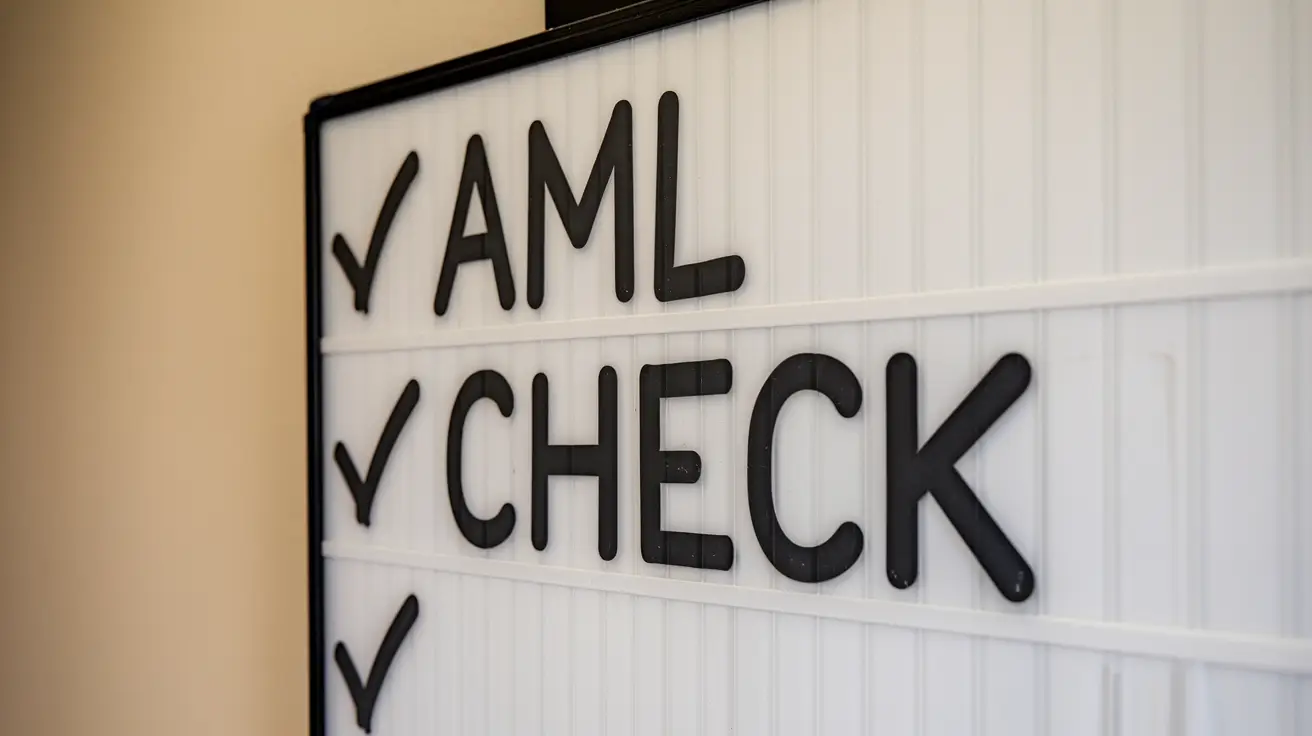Understanding Money Laundering with Example

The process of Money Laundering is illegal and complex, where “black” money obtained through criminal activities is disguised to appear “white” and legitimate. It’s a global issue that affects economies, businesses, and individuals alike, often powering more crimes and corruption. While the term may sound like something straight out of a crime thriller, money laundering has real-world consequences that impact society in significant ways. In this article, we’ll break down what money laundering is, how it works, and why understanding it is crucial for anyone looking to protect themselves and contribute to a safer financial system.
What is Money Laundering with Example?
Money laundering is the illegal process of hiding the origins of money gained through criminal activities and making it appear as if it came from a legitimate source. In simple terms, it’s how criminals “clean” their “dirty money” to use it without drawing attention. This process is a serious global issue that fuels organized crime, weakens economies, and threatens financial security worldwide.
For example, imagine a drug dealer earning millions from illegal sales. Instead of keeping the cash, which could raise suspicion, they funnel it through a series of businesses, such as restaurants or real estate investments, to make it look like lawful income. When the money completes this cycle, tracing its criminal origins is nearly impossible.
Impacts of Money Laundering:
The effects of money laundering are far-reaching and deeply damaging. According to the United Nations, approximately $800 billion to $2 trillion is laundered globally each year, which makes up about 2-5% of the world’s GDP. This staggering figure highlights how widespread the issue is and how it threatens global financial stability.
Money laundering doesn’t just disrupt economies; it also paves the way for other serious crimes. By allowing criminals to “clean” their illegally obtained funds, this practice fuels activities like terrorism, drug trafficking, human trafficking, and corruption. For instance, laundered money often finances terrorist organizations, enabling them to operate and expand, putting countless lives at risk. Similarly, drug cartels rely on money laundering to maintain their operations and expand their reach into new markets.
Three Stages Involved in Money Laundering:

Money laundering is not a single-step process but a calculated operation involving three main stages: placement, layering, and integration. Each stage plays a critical role in transforming illegally obtained money into legitimate funds.
-
Placement:
Placement is the initial step in the money laundering process, where “dirty money” enters the financial system. This often involves physically depositing large sums of cash into bank accounts, disguising the source of the funds. Criminals may spread deposits across multiple accounts or use cash-heavy businesses, such as casinos, restaurants, or car washes, to make the inflow of money seem natural. For instance, a restaurant might report inflated daily cash sales to mix illegal funds with legitimate income. Some criminals even invest in businesses or services that deal with high volumes of cash transactions, as these industries make it harder to detect suspicious activities. -
Layering:
Once the money has entered the financial system, the layering stage begins. This step involves creating a complex web of financial transactions to obscure the trail leading back to the criminal source. Common tactics include transferring money across different bank accounts, often in multiple countries, converting cash into high-value assets like gold, art, or luxury cars, and using shell companies to mask ownership. Cryptocurrencies have also become a popular tool in this stage because of their anonymity and difficulty to trace. The goal of layering is to confuse regulators and make it extremely difficult for authorities to trace the origin of the money. For example, a criminal might purchase a piece of expensive artwork and later sell it to a third party, making the funds appear clean. -
Integration:
Integration is the final stage where the laundered money is reintroduced into the legitimate economy, appearing as clean, lawful income. At this point, the funds are often used to buy real estate, establish legal businesses, invest in stock markets, or transfer money offshore through foreign banks or investments. By this stage, the money has been cycled through so many channels and transactions that tracing it back to its criminal origins becomes nearly impossible. For example, a criminal might invest the cleaned money into a profitable business, making it appear as if the funds came from legitimate profits over time.
Problems of Money Laundering Over the World:
Money laundering is a pervasive issue that creates far-reaching consequences for economies, societies, and legal systems around the globe.
-
Economic Impact:
Money laundering has a destabilizing effect on economies and financial systems. Illicit funds injected into legitimate businesses distort market competition, allowing criminals to gain an unfair advantage over law-abiding companies. For instance, a business funded by laundered money can afford to undercut competitors’ prices or expand aggressively, pushing legitimate businesses out of the market. Moreover, financial institutions risk reputational damage and regulatory penalties if they unknowingly process laundered money. Over time, this erosion of trust in banks and markets can discourage foreign investment, leading to slower economic growth. -
Social Consequences:
Money laundering often fuels organized crime, which poses a direct threat to public safety and social well-being. Criminal organizations rely on laundered money to fund activities such as terrorism, drug trafficking, human trafficking, and arms smuggling. These crimes not only endanger lives but also destabilize communities and governments. For example, laundered funds can finance terrorist attacks, resulting in loss of life and widespread fear. Similarly, human trafficking operations thrive when traffickers have access to laundered money to expand their networks. -
Legal Repercussions:
Governments worldwide impose strict penalties for involvement in money laundering, including hefty fines, asset seizures, and imprisonment. For businesses, even unintentional association with money laundering can lead to significant financial losses and legal consequences. Financial institutions are required to comply with anti-money laundering (AML) regulations, and failure to do so can result in multimillion-dollar fines. For example, in recent years, several major banks have been fined billions of dollars for failing to detect and prevent money laundering activities.
Examples of Widely Used Money Laundering Techniques:

Money laundering can occur through a variety of methods, each designed to disguise the origins of illicit funds. Here are some of the most common techniques:
-
Shell Companies:
Criminals often establish shell companies—businesses that exist only on paper—to launder money. These companies typically have minimal or no real operations but are used to create the appearance of legitimate income.
Example: A drug cartel might create a construction company and issue fake invoices for non-existent projects. Payments for these projects are recorded as income, making the funds appear legitimate. -
Smurfing:
Smurfing involves breaking down large sums of cash into smaller deposits to avoid triggering bank reporting requirements. This method takes advantage of regulatory thresholds to stay under the radar.
Example: A criminal deposits $9,900 (just below the $10,000 reporting limit) into multiple accounts across different banks. By repeating this process frequently, they avoid detection while laundering significant amounts of money over time. -
Real Estate Transactions:
Real estate is a common avenue for money laundering due to the high value of property and the flexibility in pricing. Criminals may buy properties with illicit funds, sell them at manipulated prices, and pocket the clean profit.
Example: A criminal purchases a house with dirty money, later sells it at an inflated price to an accomplice, and declares the profit as legitimate income. This method not only launders the money but can also inflate real estate prices in the area, negatively impacting the housing market. -
Cryptocurrency Laundering:
The rise of digital currencies has provided criminals with a new tool for money laundering. Cryptocurrencies offer anonymity, making it difficult to trace the origin of funds. Criminals transfer money through multiple wallets, use mixers (services that blend multiple transactions), or convert the funds into other cryptocurrencies to further obscure the trail.
Example: A hacker steals funds, transfers them into a cryptocurrency wallet, and then sends small amounts to dozens of other wallets. These funds are eventually converted into cash or other assets, making it almost impossible to trace the original source.
Real-life Examples of Money Laundering:

Understanding real-life cases highlights the global impact of money laundering and its consequences:
-
The Panama Papers Scandal (2016):
This major data leak revealed how global elites used offshore accounts and shell companies to hide wealth and launder money. Over 11.5 million documents from the Panamanian law firm Mossack Fonseca exposed the scale of tax evasion and money laundering, implicating politicians, business leaders, and celebrities worldwide. -
HSBC Money Laundering Case (2012):
HSBC faced a $1.9 billion fine for enabling Mexican drug cartels to launder billions through its branches. Weak internal controls allowed criminals to deposit cash and transfer funds without raising suspicion, demonstrating the vulnerabilities of large financial institutions to money laundering. -
Danske Bank Scandal (2018):
Europe’s largest money laundering case saw over $200 billion in suspicious transactions flow through the Estonian branch of Danske Bank. Most funds originated from Russia and former Soviet states, highlighting regulatory and compliance failures. -
Wirecard Fraud (2020):
Wirecard, a German payment processor, laundered money by falsifying transactions and creating fake accounts. This led to a $2 billion financial hole and the company’s collapse, showcasing risks in the fintech sector. -
1MDB Scandal (2015):
Billions were embezzled from Malaysia’s sovereign wealth fund, with funds used for luxury purchases and investments. High-ranking officials were implicated, showing how corruption and money laundering harm public resources.
Historical Figures and Money Laundering:
Money laundering has deep historical roots, with infamous figures from the past employing innovative methods to disguise illicit wealth. Here are some notable examples:
-
Al Capone:
The infamous gangster of the 1920s used cash-heavy businesses like laundromats to legitimize his illegal income from bootlegging, gambling, and prostitution. This method is believed to be the origin of the term “money laundering.” -
Pablo Escobar:
Colombian drug lord Pablo Escobar laundered billions from cocaine trafficking through real estate, banks, and charities. He also invested in public projects and soccer teams to gain community support while concealing his illicit funds. -
Meyer Lansky:
Known as the “Mob’s Accountant,” Lansky pioneered modern money laundering techniques by using offshore accounts, Swiss banks, and casinos to clean organized crime money. His innovative methods influenced how financial crimes evolved globally. -
Bernard Madoff:
While primarily known for his $65 billion Ponzi scheme, Madoff also laundered money through fake accounts and offshore entities to hide his fraudulent profits, showcasing how laundering is often tied to other financial crimes. -
Charles Ponzi:
Charles Ponzi, who gave his name to the “Ponzi scheme,” laundered funds collected from investors through deceptive financial practices, laying the groundwork for future schemes involving financial fraud and money laundering.
Methods Used in Money Laundering:
Money laundering continues to evolve with advancements in technology, making it increasingly difficult to detect. Below are some common methods used by criminals to disguise illegal funds:
-
Offshore Accounts and Tax Havens:
Offshore accounts in jurisdictions with lenient banking regulations help criminals hide illicit funds. Shell companies or trusts are set up in these regions to mask ownership and move money internationally without detection.
Example: A criminal might set up a company in a tax haven to transfer illegal earnings globally. -
Digital Currencies:
Cryptocurrencies, such as Bitcoin, offer anonymity and allow criminals to launder money with fewer risks. They often use mixing or tumbling services to obscure the transaction trail.
Example: A hacker demands ransom in Bitcoin and uses a mixer to hide the source of the funds. -
Trade-Based Laundering:
This involves manipulating trade invoices by under- or over-invoicing goods, allowing illicit funds to cross borders undetected.
Example: A criminal might under-invoice a shipment of electronics and funnel illicit money through the transaction. -
Smurfing:
Large sums of money are broken into smaller deposits below the reporting threshold and distributed across multiple accounts to avoid detection.
Example: A criminal deposits $9,000 into several accounts, keeping each deposit below the $10,000 reporting limit. -
Real Estate Transactions:
Criminals use real estate to launder money, buying properties with illicit funds, inflating their prices, and selling them to clean the money.
Example: A criminal buys a luxury apartment and resells it at a higher price to launder funds. -
Casino Laundering:
Money is exchanged for casino chips, gambled minimally, and cashed out as legitimate winnings.
Example: A criminal buys $50,000 in chips, gambles a small amount, and then cashes out the rest as clean money. -
Fake Charities:
Setting up fake charities allows criminals to launder money by passing illicit funds off as donations.
Example: A criminal sets up a bogus charity and redirects donations into personal accounts. -
Cash-Intensive Businesses:
Businesses that handle large amounts of cash, such as restaurants or car washes, help criminals mix illicit money with legitimate earnings.
Example: A criminal reports inflated sales from a cash-only café to disguise their illegal income.
Anti-Money Laundering (AML) Measures:
Governments and global organizations have developed strict measures to combat money laundering, aiming to protect financial systems from illicit funds. Key AML measures include:
-
Financial Action Task Force (FATF):
The FATF is an international body that sets global standards to combat money laundering and terrorist financing. It works with countries to ensure the implementation of AML laws and best practices. -
Know Your Customer (KYC):
KYC requires banks and financial institutions to verify the identities of their clients, preventing illegal activities like fraud and money laundering. Clients must provide identification documents to ensure their transactions are legitimate. -
Suspicious Activity Reports (SAR):
Financial institutions must report any suspicious activity, such as unusual transactions, to authorities through SARs. This helps investigators track potential money laundering activities and protect the financial system. -
Proactive Screening Procedures:
Banks use technology to screen transactions in real time, flagging high-risk activities and ensuring that funds are not linked to illegal activities. -
Advanced Technology and Data Analytics:
Financial institutions use AI and data analytics to detect suspicious patterns in transaction data. Machine learning helps identify unusual behavior, making it easier to spot potential money laundering activities. -
Cross-Border Cooperation:
Money laundering is a global issue, so international cooperation between law enforcement agencies is essential to track illicit funds across borders and ensure criminals are held accountable.
How to Identify and Report Money Laundering:
Recognizing and reporting suspicious activity is essential in combating money laundering. Here are common red flags to watch for:
-
Unusual Cash Deposits or Withdrawals:
Large, irregular cash transactions, especially without a reasonable explanation, could be a sign of money laundering. -
Transactions Lacking Economic Rationale:
Transactions with no clear business purpose, such as large payments between unrelated parties, might indicate illicit activity. -
Reluctance to Provide Identification or Documentation:
Clients who are unwilling to provide identification or other necessary documents may be trying to hide the source of their funds. -
Frequent Transfers to Offshore Accounts:
Frequent transfers to countries with loose financial regulations could suggest an attempt to move illegal funds out of reach. -
Layering of Transactions:
Moving funds through multiple accounts or making numerous small transactions to avoid detection is a common money laundering tactic. -
Unusual Behavior:
Nervous or secretive behavior, particularly around financial transactions, can be a sign that someone is trying to cover up illegal activity.
Conclusion:
Money laundering is a serious threat to global economies, destabilizing financial systems and enabling crime. Understanding its methods helps in combating it effectively. By staying informed and following anti-money laundering (AML) laws, individuals and institutions can play a crucial role. Financial organizations, in particular, must be vigilant in identifying and reporting suspicious activities. Global collaboration and advanced technology are key to detecting and preventing money laundering, ensuring a secure and transparent financial system.
Also Read: Streamline Your Security with Face Check ID Technology
Also Read: Revolutionizing Travel with NFC e-Passport Verification Technology










